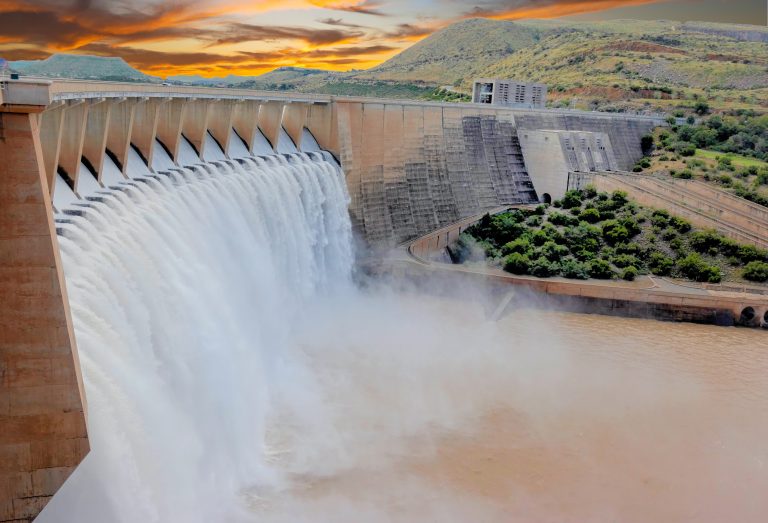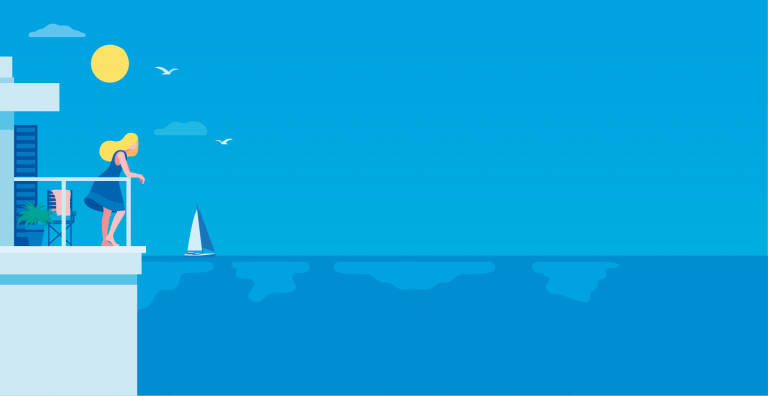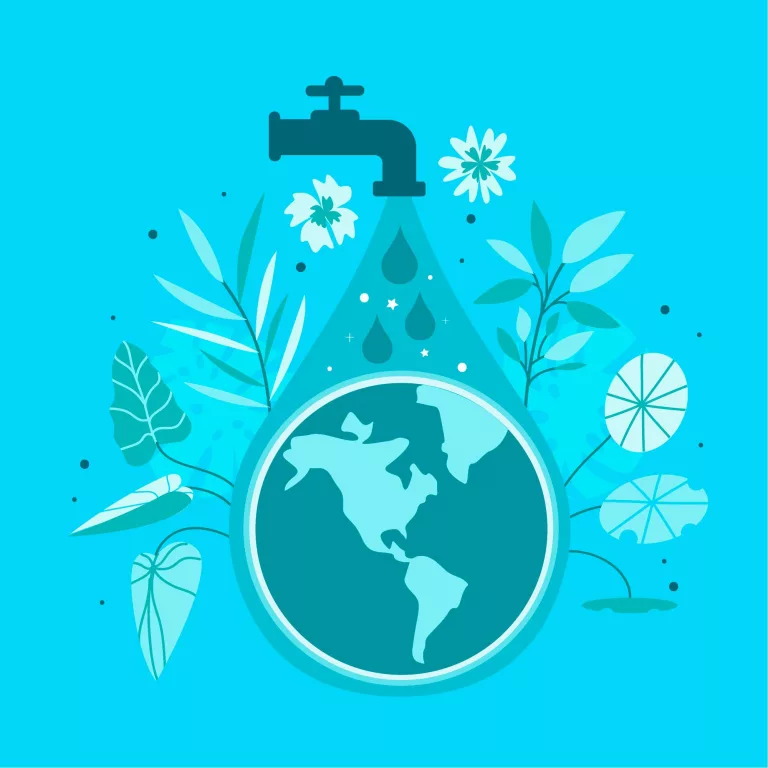According to the report of the last hydrological year (October 2020 to September 2021), the desertification and imminent drought that Spain is facing are worrying.
Although it has been a year with above-average rainfall, above the average for the last five years and for the decade, the lack of water is increasingly pressing, with reserves below 40%.
This shortage is due to the fact that, although it has been a rainy year, demand is increasingly high. Spain is one of the countries with the highest water demand, ahead of France, Germany, Greece, Italy and Portugal. The major consumer is agriculture, a very important activity in our country. To this must be added the fact that, with climate change, the evaporation of water in reservoirs is increasing.
If we combine the increased demand for water with rising temperatures and evaporation, we have worrying data in which reserves are insufficient in practically the whole country.
What are the consequences of the drought in Spain?
This has political, socio-economic and environmental consequences. It opens the door to desertification in Spain, which is already advancing in the southeast of the peninsula. Likewise, the deterioration of water resources is destroying natural resources. The Andalusian government has created a drought decree for urgent situations, but… Why wait until it is urgent?
It is up to us to call for policies and measures that work quickly and directly on this problem. While energy management is present everywhere, in water management the homework has yet to be done.
The lack of infrastructure renewal and the lack of knowledge or motivation to save water can be changed. Improving deficient water systems and looking for saving methods in all sectors should be priorities for all: individuals, companies and especially public entities.

Less water wasted means more water for all.
Everyday policies and actions to promote recycling, circular economy or energy saving are fully embedded in our dynamics. All households have different bins for waste and we are increasingly looking for energy-efficient appliances and are more conscious of the cost, but how do we save water?
Swapping the bath for a shower or turning off the tap while brushing our teeth are standardised and common practices, yet we still see litres and litres of water wasted every day and for which we have no really useful ways of saving.
Every time we go to take a shower, we have to turn on the tap and let the water run until it reaches the temperature we want. In many homes, buckets are used to reuse this water, but the waste is between 6 and 25 litres per shower, is this really an effective solution?
We suggest you take a look at our WAISENSE technology. It is a system that is easy to install and use and that, from the very first moment, helps you to save water. Its function is to recirculate that cold water that we have no choice but to let run so that it is not wasted, but returns to the circuit.
By simply waving your hand over the activator module, the system starts and when the hot water is ready, it alerts us and we can use it without having wasted all that cold water.
And you, how do you save water?
Read the full story: Mass consumption condemns Spain to water shortages no matter how much it rains (eldiario.es)




